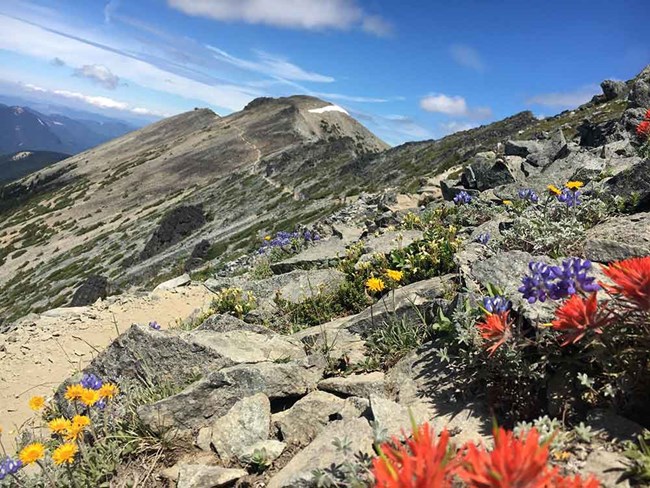
Vegetation is fundamental to ecosystem function, energy transfer, and element cycling. It drives ecosystem productivity, provides habitat and forage for wildlife, and food and materials for subsistence. Because vegetation responds directly to environmental drivers, it serves as a useful indicator of environmental change.
Northeast Temperate Network
Forests Offer Many Benefits-
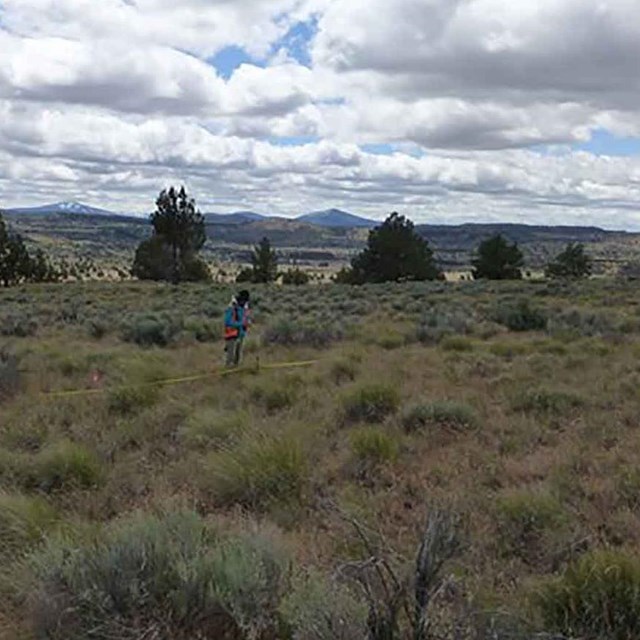 Klamath NetworkTerrestrial Vegetation
Klamath NetworkTerrestrial VegetationShifts in vegetation structure, function, and composition will in turn have a profound effect on overall ecosystem health.
-
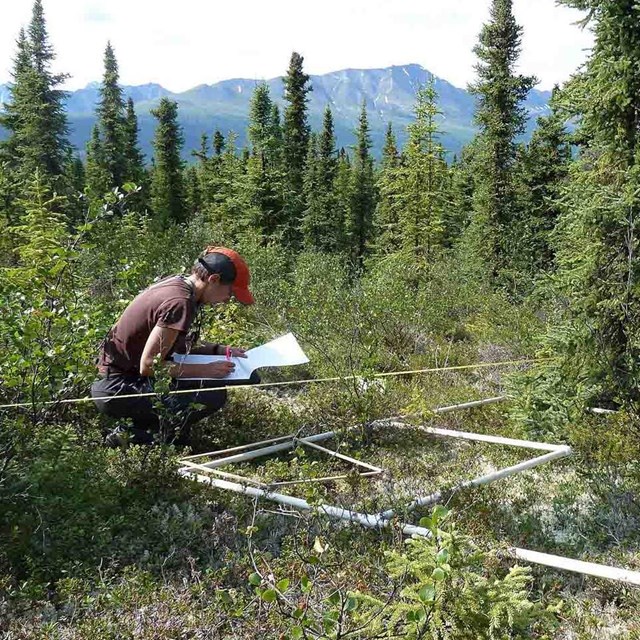 Southwest Alaska NetworkVegetation Composition & Structure
Southwest Alaska NetworkVegetation Composition & StructureBecause vegetation responds directly to environmental drivers, it serves as a useful indicator of environmental change.
-
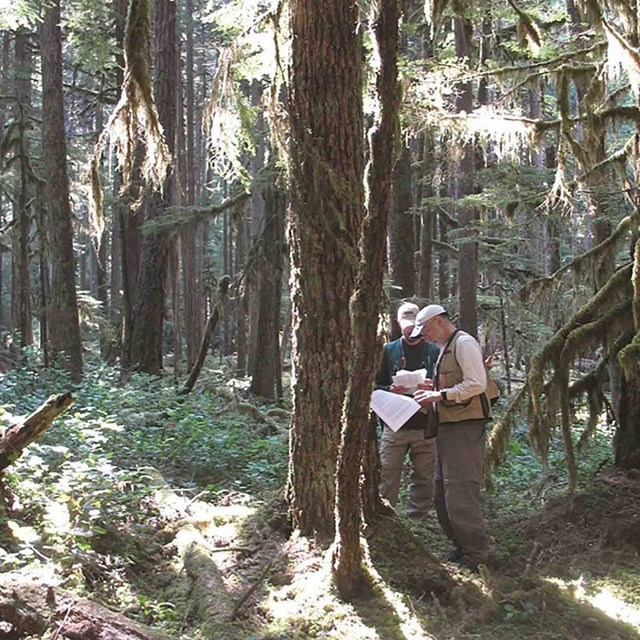 North Coast & Cascades NetworkForest Vegetation Monitoring
North Coast & Cascades NetworkForest Vegetation MonitoringLate-successional, coniferous forest is critical for ecosystem function and biological conservation in the Pacific Northwest.
-
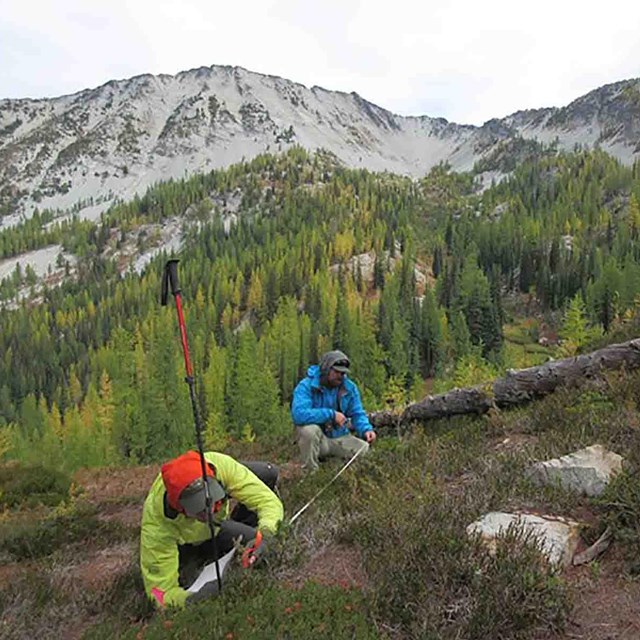 North Coast & Cascades NetworkSubalpine Vegetation Monitoring
North Coast & Cascades NetworkSubalpine Vegetation MonitoringBecause a cold climate is a primary determinant of species, alpine and subalpine vegetation is very sensitive to climate warming.
-
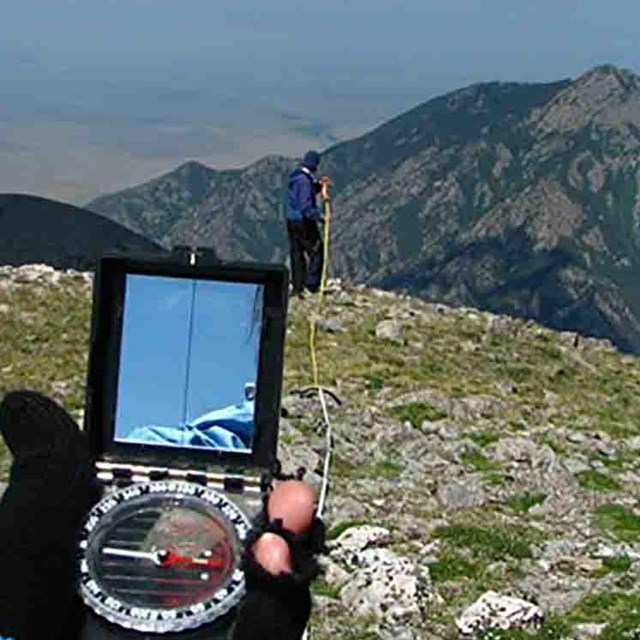 Rocky Mountain NetworkAlpine Vegetation & Soils
Rocky Mountain NetworkAlpine Vegetation & SoilsChanges in weather and climate patterns, nutrient budgets, and human use impacts all can influence the health of alpine communities.
-
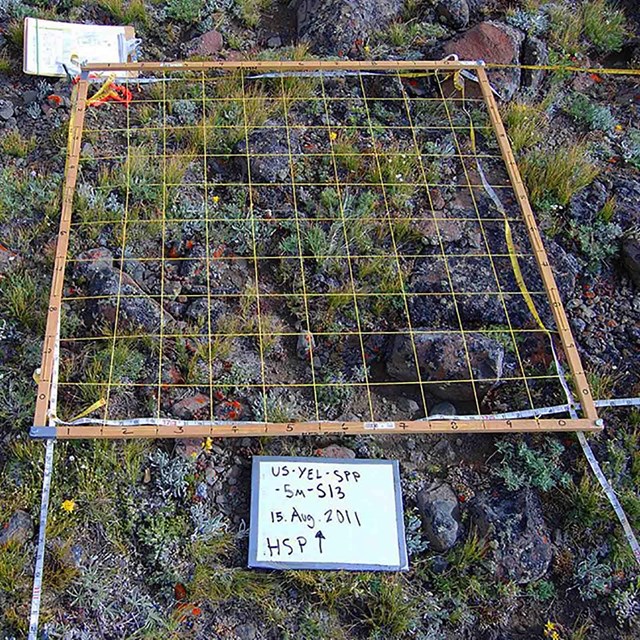 Greater Yellowstone NetworkAlpine Vegetation & Soils
Greater Yellowstone NetworkAlpine Vegetation & SoilsAlpine communities are sensitive to changes in weather and climate, air quality, and human and natural disturbance.
-
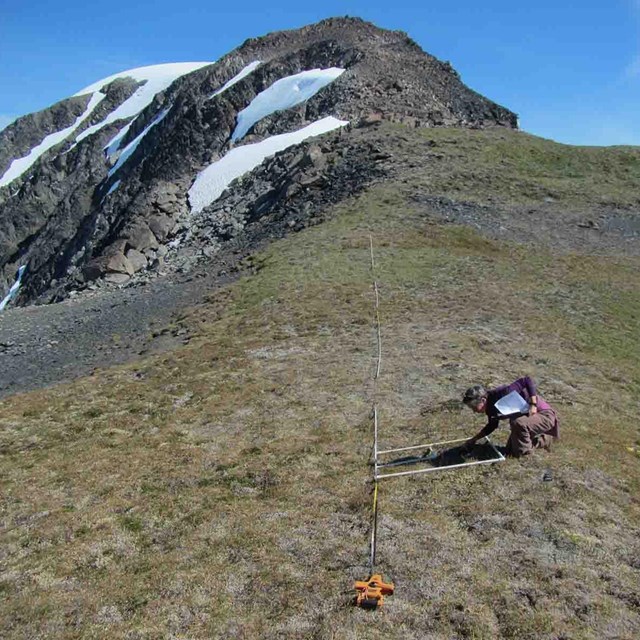 Southwest Alaska NetworkSensitive Plant Communities
Southwest Alaska NetworkSensitive Plant CommunitiesWe measure vegetation composition and structure on nunataks to estimate long-term changes in species richness and abundance.
-
 GLORIA Monitoring in National Parks
GLORIA Monitoring in National ParksLearn which national parks participate in global monitoring of the effects of climate change on alpine vegetation and soil, and why.
Learn more about alpine vegetation monitoring
Last updated: January 11, 2022
